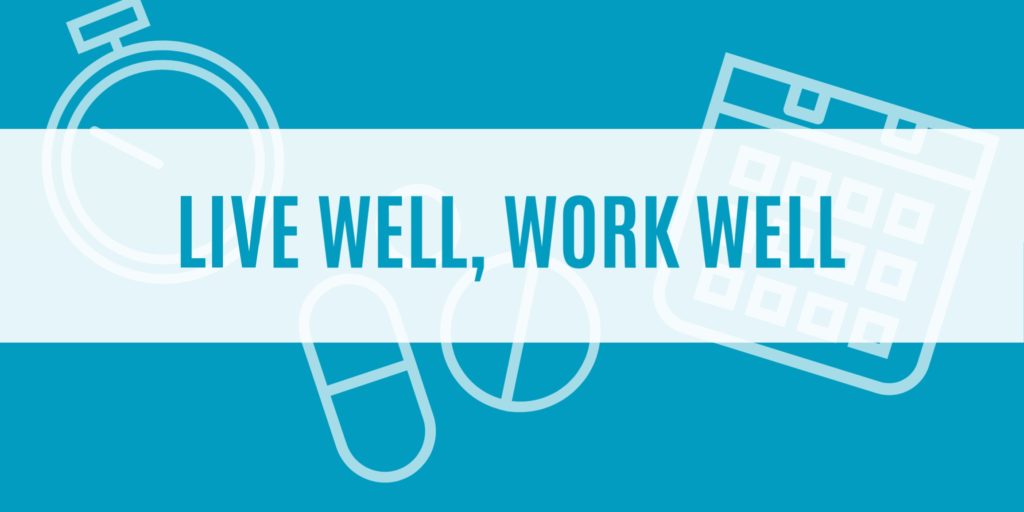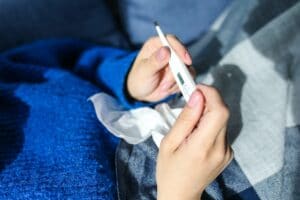This article compiles important information from the Centers for Disease Control and Prevention (CDC). Visit www.cdc.gov/covid-19 for more information.
 This article contains important information from the Centers for Disease Control and Prevention (CDC) regarding quarantining after a COVID-19 exposure.
This article contains important information from the Centers for Disease Control and Prevention (CDC) regarding quarantining after a COVID-19 exposure.
What Is a Quarantine?
A quarantine is used to keep someone who might have been exposed to COVID-19 away from others. It helps prevent spread of disease that can occur before a person knows they are sick or if they are infected with a virus without feeling symptoms. People in quarantine should stay home, separate themselves from others, monitor their health and follow directions from their state or local health department.
Who Needs to Quarantine?
Anyone who has been in close contact with someone who has COVID-19 should quarantine. This includes people who previously had COVID-19 and people who have taken a serologic (antibody) test and have antibodies to the virus.
Close contact examples include:
• You were within 6 feet of someone who has COVID-19 for at least 15 minutes.
• You provided care at home to someone who is sick with COVID-19.
• You had direct physical contact with a person who has COVID-19 (touched, hugged or kissed them).
• You shared eating or drinking utensils with a person who has COVID-19 .
• A person who has COVID-19 sneezed, coughed or somehow got respiratory droplets on you.
Steps to Take When Quarantining
 Take the following precautions when quarantining:
Take the following precautions when quarantining:
• Stay home for 14 days after your last contact with a person who has COVID-19.
• Watch for fever (100.4 F), cough, shortness of breath or other symptoms of COVID-19.
• If possible, stay away from others, especially people who are at higher risk for getting very sick from COVID-19.
When to Start and End Quarantine
You should stay home for 14 days after your last contact with a person who has COVID-19.
The following includes scenarios to help you determine when you can end quarantine and be around others.
COVID-19 Quarantine Scenarios
For all of the following scenarios, even if you test negative for COVID-19 or feel healthy, you should stay home (quarantine) since symptoms may appear two to 14 days after exposure to the virus that causes COVID- 19.
Scenario 1: Close Contact With Someone Who Has COVID-19—Will Not Have Further Close Contact
I had close contact with someone who has COVID-19 and will not have further contact or interactions with the person while they are sick (e.g., co-worker, neighbor or friend).
GUIDANCE: Your last day of quarantine is 14 days from the date you had close contact.
Scenario 2: Close Contact With Someone Who Has COVID-19—Live With the Person, But Can Avoid Further Close Contact
I live with someone who has COVID-19 (e.g., roommate, partner or family member), and that person has isolated by staying in a separate bedroom. I have had no close contact with the person since they isolated.
GUIDANCE: Your last day of quarantine is 14 days from when the person with COVID-19 began home isolation.
Scenario 3: Under Quarantine and Had Additional Close Contact With Someone Who Has COVID-19
I live with someone who has COVID-19 and started my 14-day quarantine period because we had close contact. What if I ended up having close contact with the person who is sick during my quarantine? What if another household member gets sick with COVID-19? Do I need to restart my quarantine?
GUIDANCE: Yes. You will have to restart your quarantine from the last day you had close contact with anyone in your household who has COVID-19. Any time a new household member gets sick with COVID-19 and you had close contact, you will need to restart your quarantine.
Scenario 4: Live With Someone Who Has COVID-19 and Cannot Avoid Continued Close Contact
I live in a household where I cannot avoid close contact with the person who has COVID-19. I am providing direct care to the person who is sick, don’t have a separate bedroom to isolate the person who is sick, or live in close quarters where I am unable to keep a physical distance of 6 feet.
GUIDANCE: You should avoid contact with others outside the home while the person is sick, and quarantine for 14 days after the person who has COVID-19 meets the criteria to end home isolation.
Conclusion
This guidance is only meant to be informative, not serve as expert advice. If you suspect a COVID-19 exposure, speak with your doctor immediately to determine the best course of action.


